
As Tekken 7 sees the fighting franchise return to PlayStation, we reveal the story behind one of its most iconic entries
In 1998, PlayStation had become more than a gaming console. Inside of four short years it was being tagged as a phenomenon. It’s hard to imagine the late 1990s without the many faces of PlayStation.
Namco’s Tekken 3 was more than a fighting game. Sure, it rode the waves created by two predecessors that had helped shape the success of PlayStation, and made its debut a year earlier in those dimly-lit arcades.
However, the lavish home version represented something much bigger. It became a tool that forged rivalries and friendships across the world, tapping into scintillating energies of youth entertainment and fashions that were becoming global.
To celebrate the arrival of Tekken 7, we caught up with Game Director Katsuhiro Harada who reminded us of the special place in time that Tekken 3 occupied while speaking of the talented artists involved. This is also a story about the people that celebrated Tekken 3.
The exit of the Tekken old guard, and Katsuhiro Harada’s pitch for Tekken 3
“The big ‘accident’ happened while developing Tekken 2,” Harada-san explains. “At that time, Japanese game companies scrambled for developers in the industry, and many from Tekken project left Namco. It was intense. Numerous people left the company, and the office was very quiet. Then, I created the strangely named position, Game Director, and took that position for myself. I became the very first Game Director in the industry.”
Harada-san had big plans. He was listened to, owing to the sales award he received during his first year from Namco president, Mr. Masaya Nakamura. “I continuously said, ‘Please do what I say. I will make it possible to catch up and overtake other fighting games’,” Harada-san remembers. “When we created Tekken 3, we decided to completely fix the fighting game engine from scratch, change all the characters, and start as new series.”
Thankfully, among the members of the Tekken team that remained at Namco was Masanori Yamada. “Mr. Yamada was one of the programmers in Namco, and he was a true genius in the 1980s and ’90s,” recalls Harada-san fondly. “He gave big inspiration to Mr. Kutaragi, then SCE president, who invented PlayStation.”
Pressure must have been huge for Harada-san and his team, but any discussions they have when reminiscing about those times focus on the excitement. “It was so much fun to work in 1990s because it was a period full of discovery. Nobody wanted to go back home,” jokes Harada-san. “At that time, there was superior ‘future’ equipment in the office. For these reasons, Mr. Yamada and I lived under the desk. This was our everyday life.”
Enter Tekken’s new guard
Harada-san’s team comprised a diverse pool of talent, not all from the games industry.
Artist Yoshinari Mizushima, notable for his iconic Jin Kazama and Ling Xiaoyu designs, was among the employees that Namco recruited from the universities and colleges of art.
“Not all employees had any skills of 3D CG, they usually learned after getting in the company,” Harada-san explains. Then, rather amusingly, “Mr. Mizushima had the most advanced skills, but I would always throw cold water on his design. As a result, he showed his sense at team building. He was really good at organizing a CG development team.”
Technically, and visually, Tekken 3 had a very strong chance of claiming the fighting game crown. Arguably, though, it became outstanding owing to something that usually takes a background role.
The music in Tekken 3 was incredible, owing to the passions of composer Nobuyoshi ‘sanodg’ Sano. “I was a huge fun of sanodg,” Harada-san begins. “Thus, I thought could get along with him, but we opposed each other at that time.” Okay, cool. Wait, what?
Harada-san goes on to explain. “The concept of Digital Rock by sanodg was too fashionable, and it was hard to understand for us. The concept of music by sanodg was rare in the music industry. He said, ‘Digital sound is the future, and Tekken will meet the age of Digital Rock!’ Eventually, I decided to entrust all the music direction. It was pretty good decision.”
Testing Tekken 3 with fighting fans
The first major test for Tekken 3 was in the game centres, first released in November 1996. It featured an amazing attract sequence, which on other games usually involved a montage of visuals and accompanying noise to draw attention. Tekken 3 was different.
Instead of just guys showing off some combos before a logo swirled into view, Harada-san’s team used the opportunity to show off the new motion-capture techniques they had been working with. The result was “Embu”, a lengthy showcase of the Korean fighter Hwoarang’s Taekwondo practice forms, performed in time to one of sanodg’s Big Beat tracks. It was awesome.
“In the time when animation capture was immature, and when the skill of ‘optical capture’ was started, we tried to capture martial fighters,” explains Harada-san.
“Around that time, we found the martial fighter 黄秀一 (Hwang Su). He was the world champion of Embu [martial arts demonstration]. When we tried the test recording of his Embu, we thought it was pretty stylish, and wanted to get into the game system. It was really tricky!”
The technical knowhow required didn’t matter much to crowds transfixed by the wizardry. As Damien McFerran, back then a kid with coins burning a hole in his jeans pocket, now Editorial Director of gaming websites Nintendo Life and Push Square, recalls: “Tekken had been impressive from a gameplay perspective, Tekken 2 built on that foundation with a large helping of unlockable content but Tekken 3 was a showcase. Everything was pitched bigger; the visuals were an obvious step up and the sheer volume of moves was staggering.”
Anthony ‘Grayfox’ Anifowoshe, is now a programming engineer working in London, but at the time Tekken 3 arrived in the arcade he was 15-years old. He and his friends already new Tekken, but it was Tekken 3 that would make the biggest impact on his life.
“When Tekken 3 came out in the arcade in 1997, we would all go down to [London] Tottenham Court Road, where it started to get a big following. At first, we were disappointed that some of the old favourites were gone from Tekken 2, but I picked up Hwoarang, and it was like playing in a Kung-Fu film.
“In Tekken 2, Marshall Law was a nod to Bruce Lee, and Lei was Jackie Chan,” he continues. ”But in Tekken 3, playing as Forest Law in the white suit, you were Bruce Lee. And Lei was Jackie Chan from Police Story. This was the dream you always wanted.”
That Tekken 3 was certainly destined for PlayStation made it more thrilling.
Translating the arcade classic to home console, and the story behind Tekken Ball
The home version of Tekken 3 was something else. Its exclusive extras included an original soundtrack and two new modes, Tekken Force and Tekken Ball. The latter was especially interesting, being a hugely enjoyable beach volleyball tournament for two players.
“Tekken Ball was my fault,” admits Harada-san. “Firstly, a programmer and I tried to create ‘The mode of using beach ball to learn aerial combos’. However, it did not go well. It finally came to be a fighting game using a beach ball. Thus, I accepted the strong feeling of ‘failed’. Contrary to my expectations, Tekken Ball became really popular, and I was really confused.”
Tekken Ball, as you might recall, featured a little dinosaur galled Gon, based on a manga hero. “The author was a Tekken fan,” Harada-san reveals. “We accidentally knew each other, and I knew Gon was popular overseas. So, I decided to get Gon into the system!”
On the subject of squeezing a mighty arcade game onto a comparatively weaker platform, Harada-san explains recounts the skill involved: “When I transferred the data from arcade to home version, I was mentally exhausted. If the arcade was 100%, we had to compress it to 8-15%. I was getting really nervous, thinking ‘We can’t sell it by just only this quality, what should we do?’ Nevertheless, I was really surprised because the public rating was high.”
Damien McFerran was one such fan who rated the home conversion. “Tekken 3 had the quality to match the hype. It wasn’t so much a sequel but a fully-fledged gaming event which you missed out on at your peril. Millions of players who missed out on the first two snapped up the third, giving the franchise the kind of reach that has surely kept it in the hearts and minds of countless fans ever since.”
Anthony Anifowoshe remembers how the PlayStation version of Tekken 3 “gave us the perfect training ground to prepare for the arcade”.
“For me it was the perfect conversion. In the arcade, the combos everyone would do initially were quite generic. Once we had it at home, players became personalities. You might not remember them because of the hat they wore, but you would know them easily from their signature combos: ‘Oh, that guy!’.”
Anthony took part in the eSports scene of the late 1990s, which in no small way was owed to the Tekken 3 tournaments organised by Namco at the Namco Wonder Park in central London.
“People travelled internationally to compete with us,” Anthony recalls. “I felt like a movie star. When you’re beating people from other countries and being told the way you play is amazing, it’s a big buzz – especially when you’re 16. I look back on those times with nothing but joy in my heart. Games were in their adolescence and so was I.”
How Tekken 3 was infused with the colour and style of contemporary culture
But, as we mentioned at the very beginning there was something more to Tekken 3 than just a fighting game. Anthony hits the nail right on the head here: “Other games didn’t have their design standpoint in contemporary culture. Tekken 3 did. King wore Filas and tracksuit bottoms. The music was mind-blowing. It summed up the times. It was like being in New York and Tokyo at the same time and you felt cooler for being there.
“If you can’t afford that plane ticket, you sit down in front of Tekken 3 – the colour, the style – you feel like there’s a bit of Tokyo, contemporary culture from everywhere, infused into the game.”
As for Harada-san’s personal memories of the event that became Tekken 3, he concludes with this: “Everything was full of discovery in the game industry and the fighting game industry. It was the passionate age. I could see only hopes and dreams in those days.”
Buy Tekken 7 on PlayStation Store now.
Read more in the Extended Play series:




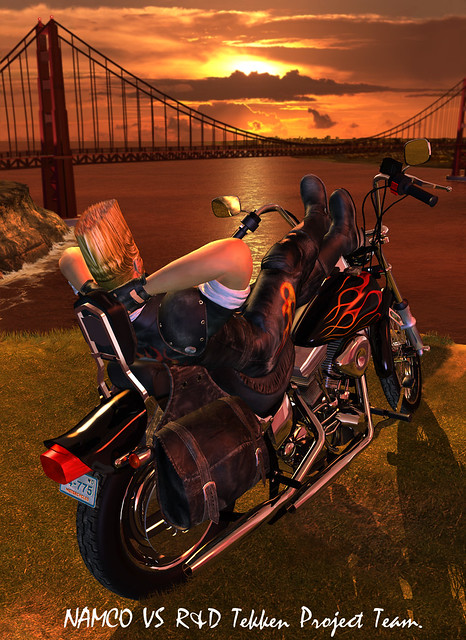
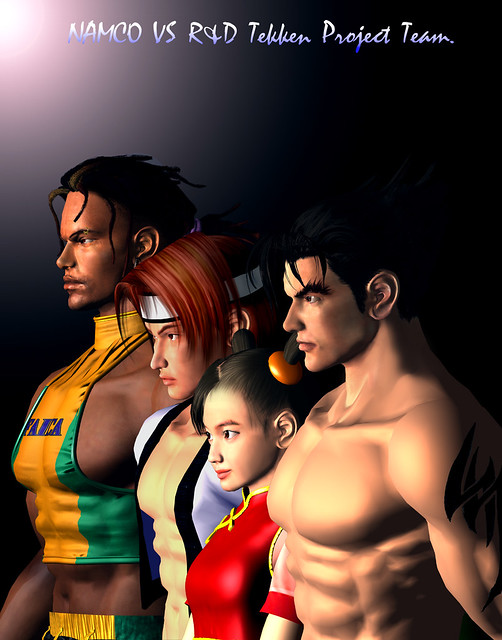
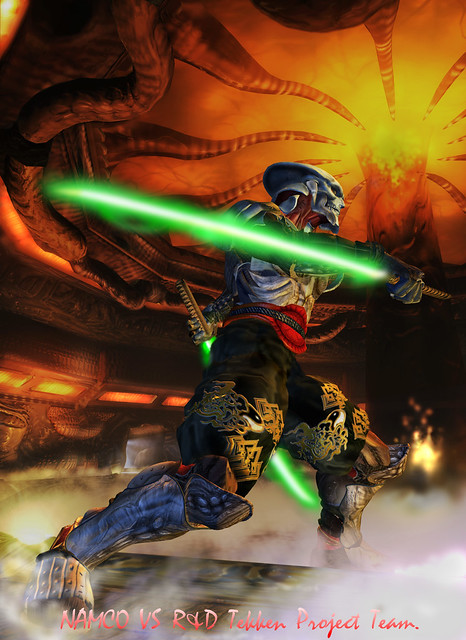
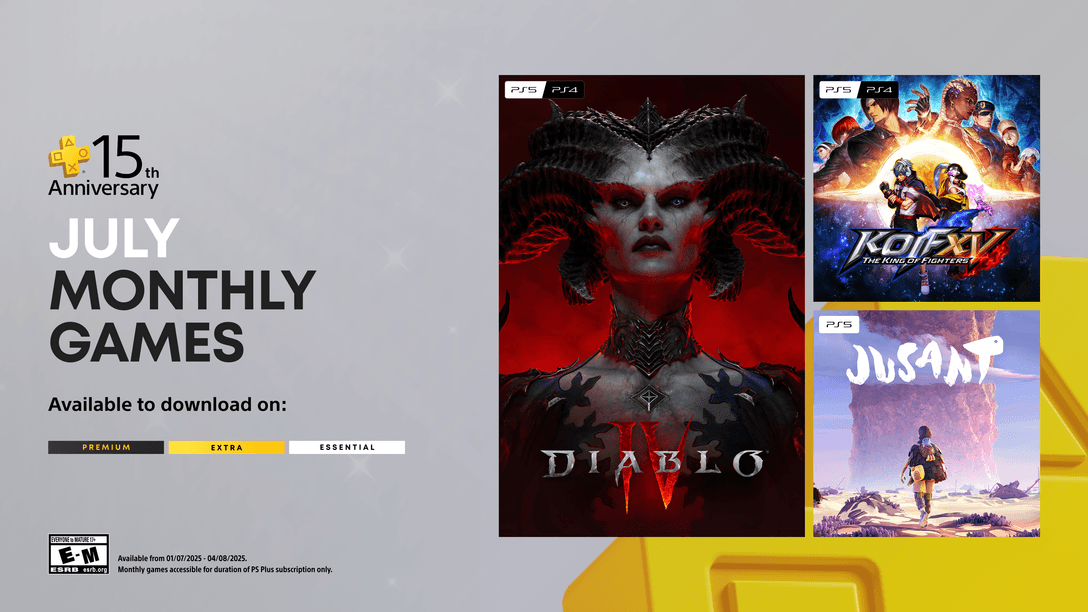

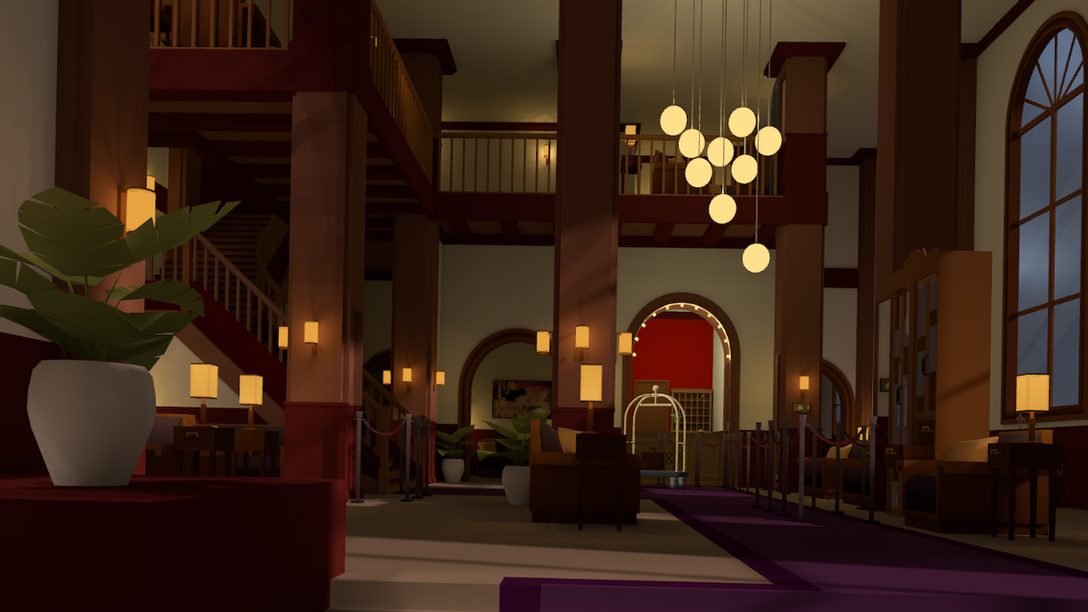





Join the Conversation
Add a CommentBut don't be a jerk!
7 Comments
Loading More Comments